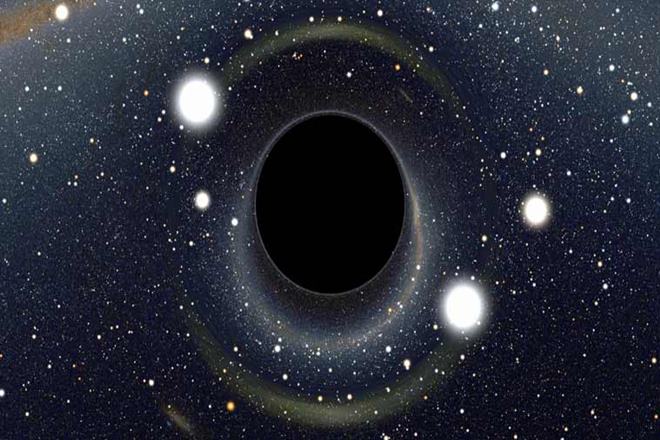Toronto: Astronomers have detected what are likely to be the most massive black holes ever discovered in the universe. The discovery was made using data collected by NASA’s Chandra X-ray telescope on galaxies up to 3.5 billion light years away from Earth, researchers said.
The results, published in the journal Monthly Notices of the Royal Astronomical Society, showed that these ultramassive black holes are growing faster than the stars in their respective galaxies. A black hole is an invisible celestial object whose gravitational pull is so strong that neither matter nor light can escape it.
Researchers at University of Montreal in Canada, and Institute of Space Sciences in Spain, studied 72 galaxies located at the centre of the universe’s brightest and most massive galaxy clusters. Astronomers calculated the masses of black holes detected in these galaxy clusters by analysing their radio wave and X-ray emissions.
The results showed that the masses of ultramassive black holes are roughly 10 times greater than those originally projected. Almost half of the sample’s black holes are estimated to be at least 10 billion times more massive than the Sun, said Julie Hlavacek-Larrondo, professor at University of Montreal. This puts them in a class of extreme heavyweights that certain astronomers call ‘ultramassive black holes.’
“We have discovered black holes that are far larger and way more massive than anticipated,” said Mar Mezcua, postdoctoral fellow at the Institute of Space Sciences. “We do know that black holes are extraordinary phenomena, so it is no surprise that the most extreme specimens defy the rules that we have established up until now,” Hlavacek-Larrondo said.
A black hole is most often created when a massive star dies and collapses on itself. According to Einstein’s theory of relativity, time flows more slowly in strong gravitational fields, like those of these gargantuan celestial objects.
PTI

